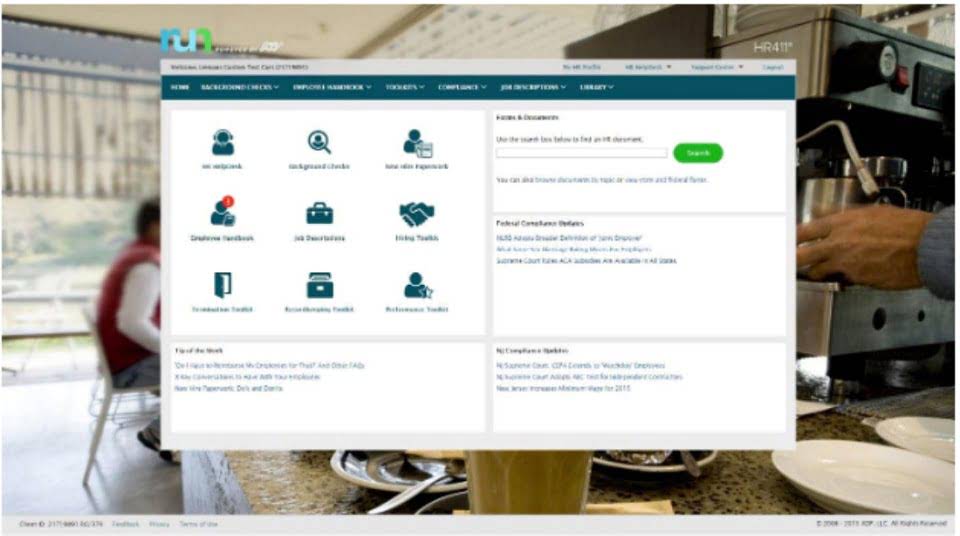
Based on the information below, calculate the weighted average shares outstanding and the basic EPS. Both market capitalization and shares outstanding refer to public companies, as they have publicly listed shares, whereas private companies do not. Let’s take a look at what the difference is between market capitalization and shares outstanding. During a reverse split, the shares outstanding decrease, and the price increases to preserve the stock’s market cap.
How to Calculate the Outstanding Shares of a Company?
The company repurchases shares of its stock and holds them in its treasury as treasury shares. We can calculate the number of outstanding shares held by shareholders by subtracting the treasury shares from the total number of shares issued. A company issues outstanding shares when it decides to bookkeeping raise funds by selling ownership in the company to investors. The company either issues new shares in an initial public offering (IPO) or sells additional shares in a secondary offering.
How to Calculate Shares Outstanding (Step-by-Step)
- Shareholders generally don’t like being asked to cough up more money if they don’t wish to have their ownership stake diluted.
- Only 100 shares can be issued if documents state at the time of incorporation that 100 shares are authorized.
- The number of shares of common stock outstanding is shown in the stockholders’ equity section of the balance sheet.
- Investors can estimate the worth of a company’s stock using a variety of criteria, including market capitalization and earnings per share.
- The first step is to identify the issued stock, which includes both common and preferred stock.
- A company’s market capitalization is the current market value of all of its outstanding shares.
Outstanding shares also include blocks of stock held by institutional investors, such as mutual or pension fund companies. Although companies may provide executives with stock options that can be converted to shares, these benefits are not included in the tally of shares outstanding until shares are issued. what is common shares outstanding Earnings per share (EPS) measures a company’s profitability on a per-share basis and is a critical metric for investors. Investors and analysts seek to understand a company’s financial health, and one important metric in this assessment is the number of shares outstanding. This figure impacts key ratios such as earnings per share (EPS) and market capitalization.

Definition of Fully Diluted Shares and How You Calculate Dilution

Diluted EPS is always less than the basic EPS, as the denominator in the latter is higher. Companies with options, convertible bonds, etc., disclose both basic as well as diluted EPS in their financial disclosures. The company’s board of directors decides the number of outstanding shares, often influenced by strategic goals, financial needs, and shareholder approvals. Outstanding shares are neither inherently good nor bad; they represent ownership in a company.
- They’re also known as stock float and include both common and preferred shares.
- If the line exists, there should be a statement within the line item description stating the number of shares repurchased, which you should retain.
- Companies will sometimes keep authorized shares in reserve so that they can sell more shares in the future when capital is needed.
- At the start of the year, XYZ has 1 million shares outstanding and a share price of $10, giving it a market capitalization of $10 million.
- For example, in a 1-for-5 reverse split, every five shares a shareholder owns are combined into one.
As the number of outstanding shares plays a key role in the EPS calculation, it’s important to be aware of any potential dilution that can reduce the EPS. Shares outstanding refer to the total number of a startup’s stock shares currently held by all its shareholders, including institutional investors, insiders, and the general public. These are the shares that have been issued by a startup and are currently in market circulation, excluding treasury stock which is held by the startup itself. The weighted average shares outstanding represents the number of common shares outstanding, after adjusting for the share count changes that occurred throughout a given period. A company’s number of issued shares includes any shares the company has bought back and now holds in its treasury.
The number of outstanding shares can fluctuate due to various reasons, including the company issuing additional shares or buying back its shares. Authorized shares, which are also known as authorized capital or approved stock, are the maximum number of shares of stock that a company’s charter or articles of incorporation permit it to issue. Some shareholders own a significant portion of outstanding shares and have more control over the company’s decisions and outcomes.
It also may coincide with the conversion of stock options awarded to company outsiders into stock shares. Basic weighted average shares, on the other hand, represents the above-mentioned weighted average shares outstanding less the dilution of stock options for a specific period. Weighted average shares outstanding refers to the number of shares of a company calculated after adjusting for changes in the share capital over a reporting period. The number of shares of a company outstanding is not constant and may change at various times throughout the year, due to a share buyback, new issues, conversion, etc. The number of outstanding shares influences market capitalization, a critical metric for valuing companies. Investors use outstanding shares to gauge a company’s size and compare https://dev-bilaldemo.pantheonsite.io/2024/02/15/monterey-county-california/ it with peers.
- Furthermore, by knowing how many shares are owned by shareholders, investors can assess the company’s market value and its growth potential.
- Exercising all the warrants would change the numbers to 450 and 550 respectively and the float would increase to 300 in our example where the number of outstanding shares is 350 and treasury shares total 650.
- It is a key data-point that is widely used when making investment decisions.
- For example, a company with a large number of outstanding shares will have lower earnings per share than a company with a smaller number of outstanding shares, all else being equal.
- Here’s what you need to know about outstanding shares and how they’re vital to determining the value of a company.

For example, let’s say a company has a balance sheet that shows 10 million shares of common stock outstanding. When a company executes a stock split, the number of outstanding shares rises. Stock splits are often initiated to lower the share price, making it more accessible to retail investors and enhancing market liquidity.

For a small, closely held corporation, the original owners may hold all the issued shares. Diluted EPS accounts for potential dilution from securities like stock options, convertible debt, and warrants. For example, a company with significant stock options might report a basic EPS of $2.50 but a diluted EPS of $2.20, reflecting the impact of potential future conversions.
Market capitalization is not a fixed number—it fluctuates constantly based on stock price movements. Since the market cap is calculated by multiplying a company’s share price by the number of shares outstanding, any change in stock price directly impacts the company’s market value. You’ll find the number of common and preferred stock issued under the shareholders’ equity section.

